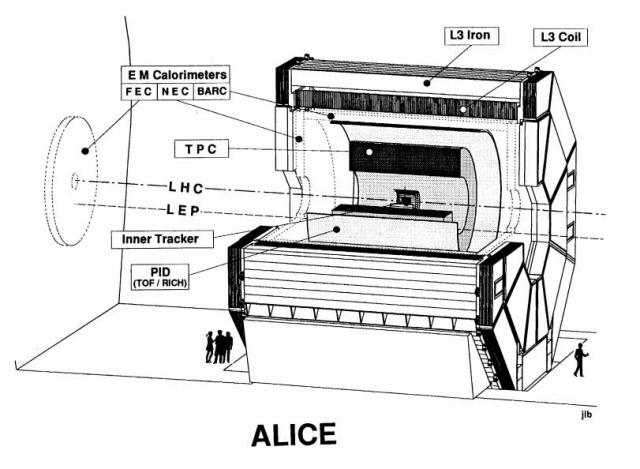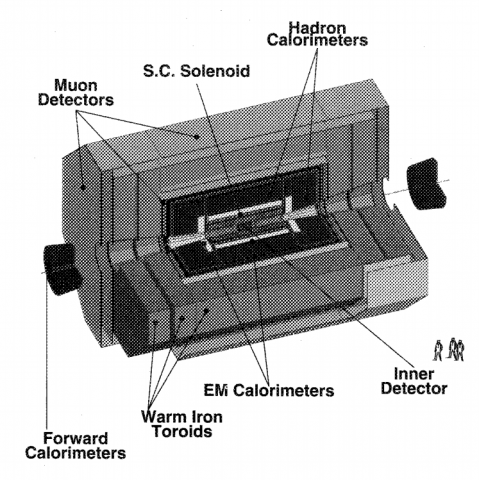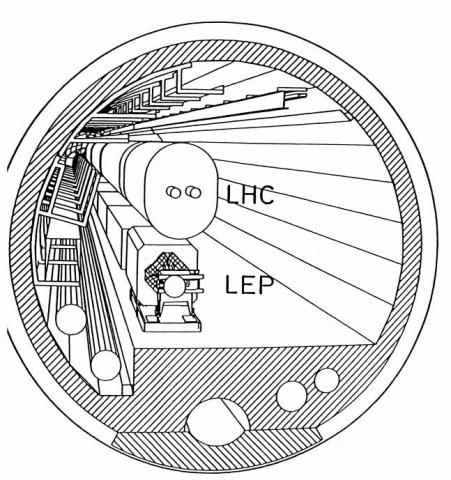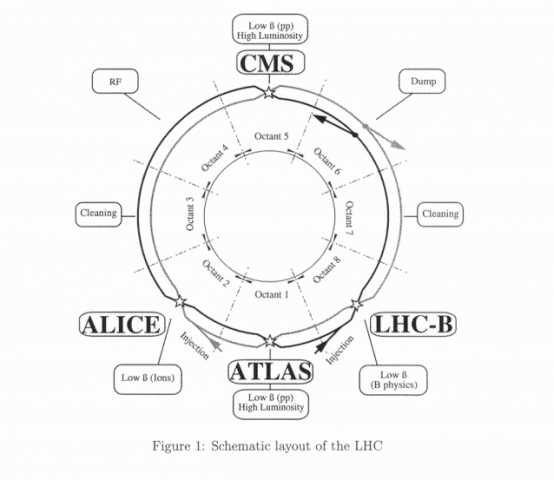The 53rd and final replacement magnet for the Large Hadron Collider (LHC) is lowered into the accelerator tunnel, marking the end of repair work above ground following the incident in September the year before that brought LHC operations to a halt.
The final magnet, a quadrupole designed to focus the beam, is lowered in the afternoon and starts its journey to Sector 3-4, the scene of the September incident. In total 53 magnets were removed from Sector 3-4 after the incident. Sixteen that sustained minimal damage were refurbished and put back into the tunnel. The remaining 37 were replaced and will be refurbished to provide spares for the future.




